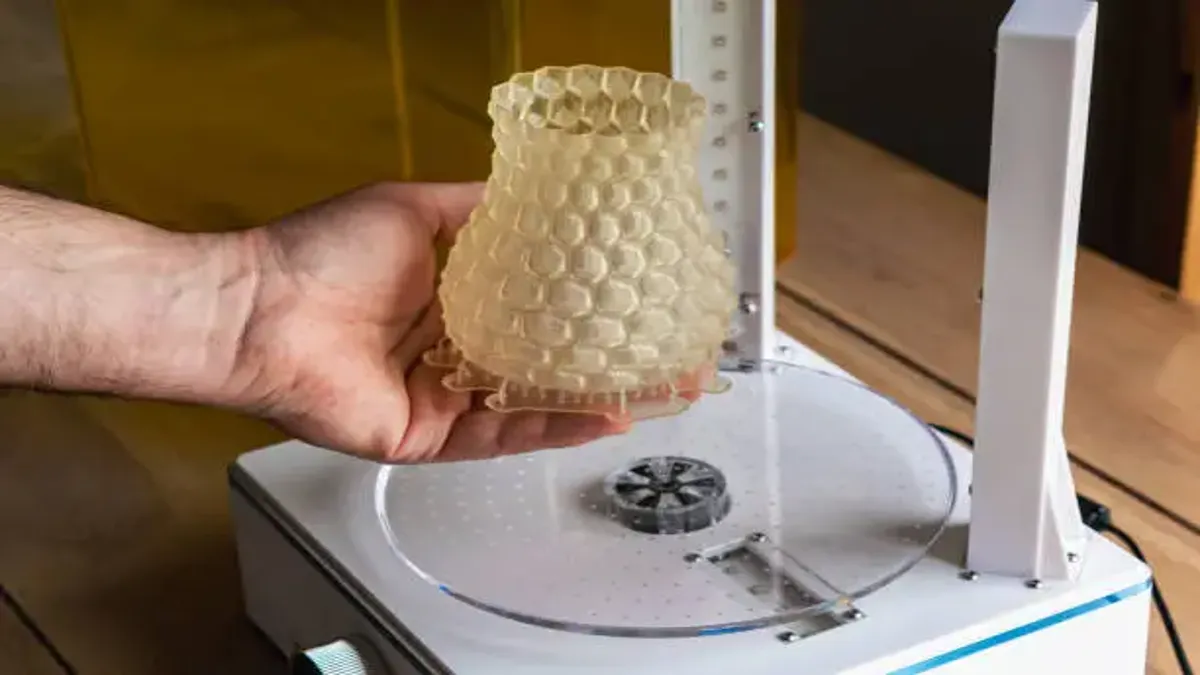When accuracy and fine detail matter most, 3D printing methods are not all equal. While several printing technologies can produce strong and functional parts, few can match the precision and surface quality of resin 3D printing. This approach, known for its ability to capture smooth surfaces and complex geometries, is becoming a preferred option for professionals and creators who need high-definition results.
The Basics of Resin Printing
Resin-based printing uses liquid photopolymer that solidifies under a light source, layer by layer. Unlike filament printing, which builds parts by extruding melted plastic, resin printers form each layer using a process of controlled curing. This allows for incredibly thin layers, often a fraction of the thickness of a human hair, which results in parts that are smooth and detailed without heavy post-processing.
The most common type of resin 3D printing is stereolithography, often referred to as SLA. It is valued for its precision and its ability to create intricate features that would be difficult or impossible with other techniques.
Why Detail Matters
There are many reasons designers, engineers, and artists choose resin printing when working on complex parts. One of the most obvious advantages is the level of surface finish it can achieve. The prints come out of the machine with minimal visible layer lines, making them suitable for applications that need an almost finished appearance.
This is especially important in industries where visual presentation and accuracy go hand in hand. Designers creating product prototypes often rely on SLA or similar technologies to evaluate form and texture before final production. Jewelers use resin printing to test patterns and castings. Dental and medical professionals use it to create models that fit perfectly with patient-specific data.
Material Versatility
Resin printing is not limited to one type of resin or surface quality. Modern materials offer a range of mechanical properties to fit different needs. Some resins are flexible, others rigid, and some are designed to mimic the durability of injection-molded plastics. There are even heat-resistant and biocompatible options available for specialized uses.
This variety gives professionals the freedom to experiment without compromising precision. Whether it is a small mechanical part or a detailed miniature, resin printing makes it possible to achieve consistent results that hold up under real-world testing.
Supporting Prototyping and Small Production
For startups or small businesses, resin printing provides a bridge between digital design and physical production. It helps transform ideas into prototypes without the time and expense of traditional manufacturing. The process is fast enough to support quick revisions, allowing for multiple versions of a design to be printed, tested, and improved in short order.
This speed and accuracy are part of why local manufacturing ecosystems, such as 3D printing in Boston, continue to grow. By having access to high-quality printing nearby, product developers can shorten their production cycles and collaborate more effectively with design teams and customers.
Limitations to Consider
Although resin printing provides excellent detail and surface quality, it is not the perfect fit for every situation. The build size of resin printers tends to be smaller compared to some other technologies, which limits the scale of parts that can be printed in one piece. The post-processing stage also requires care. Printed parts must be cleaned, cured, and sometimes sanded to achieve their best performance.
Handling resin materials also calls for some preparation. Since they are liquid and light-sensitive, they must be stored and disposed of properly. For professionals, this usually means following established safety practices or working with an experienced printing provider who manages the full process.
Choosing Resin Printing for Precision
The greatest advantage of resin 3D printing lies in its ability to capture detail without sacrificing form or reliability. It provides an efficient way to move from concept to functional model with results that look and feel professional. It has found a place in fields ranging from product design to engineering, healthcare, and creative art.
Resin printing continues to prove that attention to detail is not just an artistic goal but a technical advantage. For those who need parts that look precise, fit perfectly, and perform as expected, this method remains one of the most dependable choices in modern 3D production.

